Canon PowerShot G7
-
-
Written by Gordon Laing
Canon PowerShot G7 vs Canon EOS 400D / Rebel XTi real-life noise
Canon PowerShot G7 results continued…
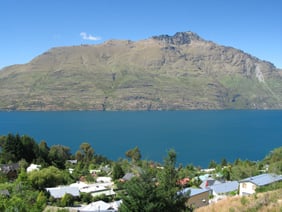
Outdoor / Resolution / Noise / Noise 2 / Corner sharpness / Fringe & macro / Geometry / Vignetting
To compare noise levels under real-life conditions we shot this scene with the Canon PowerShot G7 and Canon EOS 400D / XTi within a few moments using each of their ISO settings. The EOS 400D / XTi was fitted with the 18-55mm kit lens. The PowerShot G7 image was shot in its native 4:3 aspect ratio, and the zoom of the EOS 400D / XTi adjusted to deliver the same vertical coverage. Note the G7’s 3200 ISO mode is a scene preset with no manual control over aperture and shutter settings. It also operates at a greatly reduced resolution of 2 megapixels. |
|
The image above was taken with the Canon PowerShot G7 at 9mm f4 and at 80 ISO; the original measured 4.78MB. The crops are taken from an area just below and to the left of the centre. It’s immediately clear from the results below the kind of differences you can expect between a compact and a DSLR when it comes to noise performance – especially at higher ISOs. The DSLR with its physically larger sensor is simply much more sensitive to light, and thereby requires less signal amplification, which in turn means lower noise. To be fair, this isn’t a surprise and indeed many enthusiasts may consider our comparison a little unfair, but the G-Series are pitched as high-end compacts which in the past have been considered by many as pocketable budget alternatives to a DSLR. And since both the PowerShot G7 and EOS 400D / XTi share the same 10 Megapixel resolution, we wanted to illustrate the differences in practice. With those caveats out the way, the PowerShot G7 delivers low noise images packed with detail at its lowest sensitivities, but you don’t need to increase the ISO very far before speckles begin to appear. If you look closely enough they’re actually present in some shadow areas at 100 ISO, but only begin to be visible in the crops below at 200 ISO. At 400 ISO, the speckles are much more obvious, while at 800 ISO they’ve become quite detrimental to image quality. 1600 ISO is really only for emergency use, and we’re not sure who’ll use the 3200 ISO scene preset once they’ve checked the results. Technically speaking, the 3200 ISO preset operates at just 2 Megapixels, so we’ve had to scale-up the crop in Photoshop for comparison here. In contrast, the EOS 400D / XTi remains comparatively noise-free, with only a modest degradation at the highest sensitivities. This is the big difference between a compact and a DSLR, and if you want low noise at high sensitivities without compromising noise reduction, you simply have to go for a DSLR. Once again though, a DSLR will always thrash a compact in this test, so in the spirit of fairness, open our real-life noise results pages for the Canon PowerShot A640 and Panasonic Lumix DMC-FZ50 for comparisons from cameras sporting similarly-sized sensors. These results may have been taken on different days and with slightly different framings, but illustrate how each camera handles noise in real life conditions. Interestingly the A640 appears to apply slightly less noise reduction than the G7, which may result in more speckles, but retains slightly greater detail. The Panasonic FZ50 illustrates a very heavy-handed approach to noise reduction, smearing detail at all but the lowest sensitivities. Ultimately in terms of noise the PowerShot G7 performs similarly to the better 10 Megapixel compacts on the market. There’s certainly worse offenders out there, but just don’t expect miracles at 400 ISO and above. For more real-life examples across its sensitivity range, check out our Canon PowerShot G7 Gallery. |
Canon PowerShot G7 |
Canon EOS 400D / Rebel XTi | |
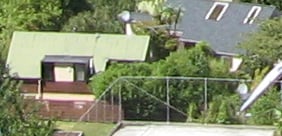 |
 | |
80 ISO, 1/100, f4 |
80 ISO unavailable | |
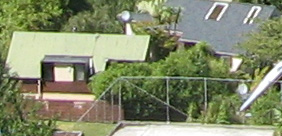 |
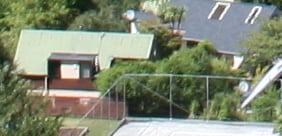 | |
100 ISO, 1/160, f4 |
100 ISO, 1/40, f8 | |
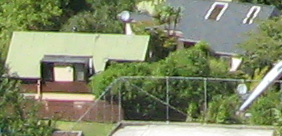 |
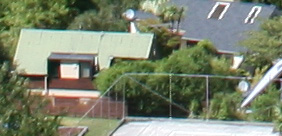 | |
200 ISO, 1/320, f4 |
200 ISO, 1/80, f8 | |
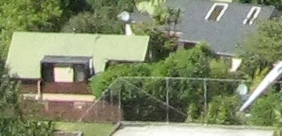 |
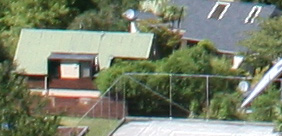 | |
400 ISO, 1/640, f4 |
400 ISO, 1/160, f8 | |
 |
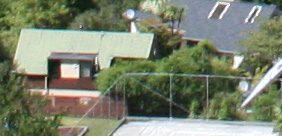 | |
800 ISO, 1/1250, f4 |
800 ISO, 1/320, f8 | |
 |
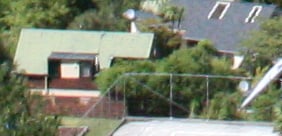 | |
1600 ISO, 1/2500, f4 |
1600 ISO, 1/640, f8 | |
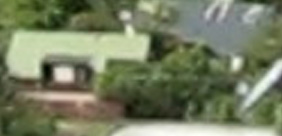 |
 | |
3200 ISO, 1/2000, f6.3 (interpolated from 2 mpixel) |
3200 ISO unavailable |




